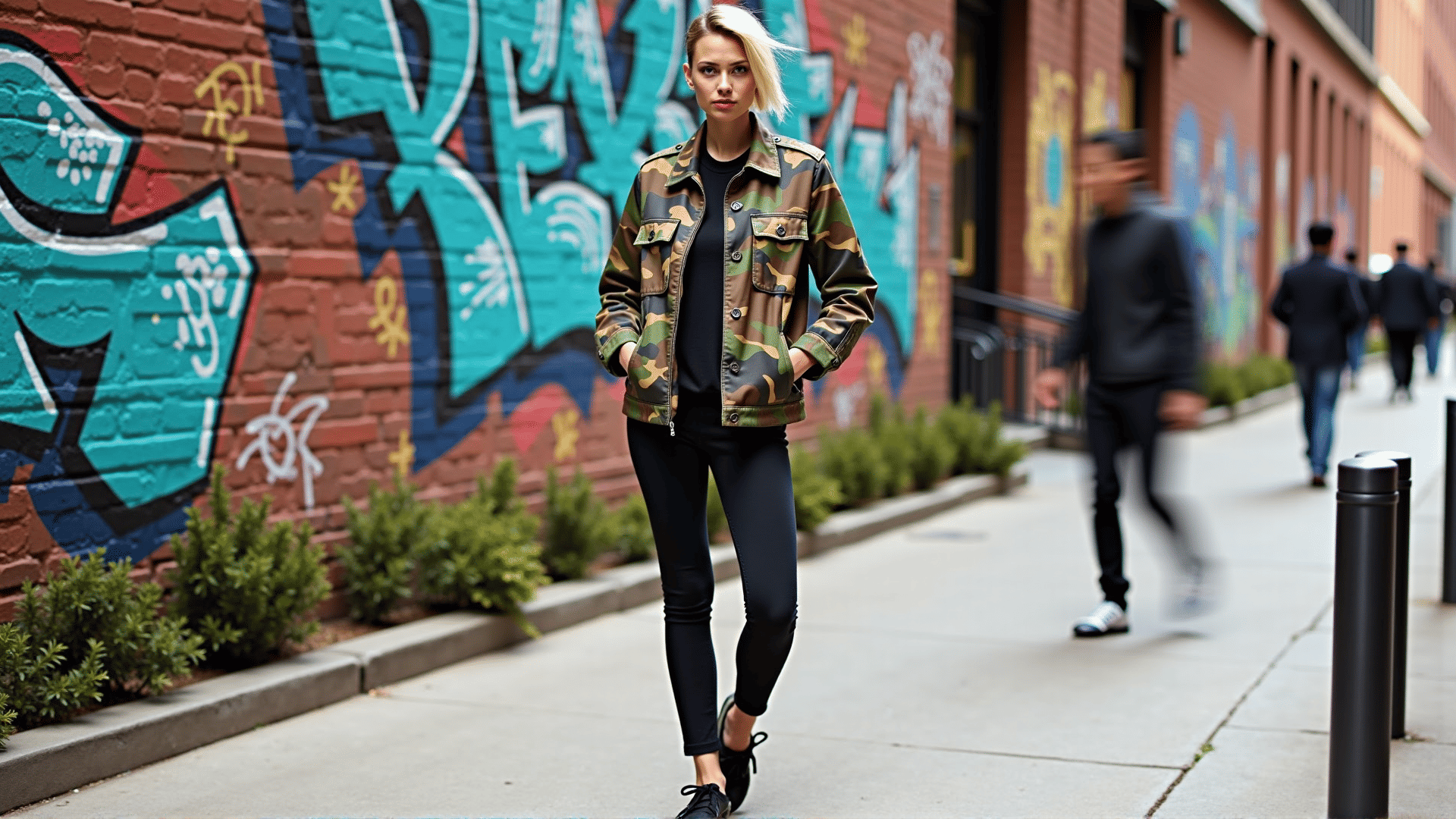Camouflage, originally designed for the battlefield, has seamlessly transitioned into the world of fashion, becoming an enduring symbol of boldness and rebellion. Its journey from military necessity to fashion-forward trend is a fascinating testament to its versatility and cultural resonance. As a pattern, camouflage offers an intriguing juxtaposition of blending in and standing out, making it a perpetual favorite for designers and style enthusiasts alike.
The story of camouflage in fashion begins with its utilitarian origins. Initially developed for military use, camouflage was meant to disguise and conceal, enabling soldiers to blend into their surroundings. Its effectiveness on the battlefield was visible during the World Wars, where it played a crucial role in strategy and survival. However, it wasn't long before this unique pattern caught the eye of the fashion world, eager to reinterpret its meaning and purpose.
In the 1960s and 1970s, amidst a backdrop of social and political upheaval, camouflage began to emerge as a bold fashion statement. It was adopted by counterculture movements and anti-establishment groups as a symbol of dissent and resistance. This trend only intensified over the decades, with camouflage becoming a staple in the wardrobes of punks, goths, and other subcultures who used it to convey a sense of defiance and individuality.
Fast forward to today, and camouflage has cemented its place on the runway. High fashion designers and streetwear brands alike have embraced the pattern, reimagining it in countless ways. From traditional military greens and browns to vibrant pinks and blues, camouflage has been reinterpreted to suit a variety of tastes and styles. It appears on everything from cargo pants and jackets to dresses and accessories, proving its adaptability and timeless appeal.
One of the reasons for camouflage's enduring popularity is its paradoxical nature. The pattern's original intent was to obscure and conceal, yet when applied to fashion, it often serves the opposite purpose—drawing attention and making a statement. This duality allows wearers to express themselves in unique ways, whether they're aiming for subtlety or seeking to stand out.
Camouflage also offers a sense of empowerment and strength, appealing to those who appreciate its history and cultural significance. For many, wearing camouflage is not just about style; it's about conveying an attitude, a sense of readiness and resilience. It's no wonder that in a world that often feels chaotic and unpredictable, people are drawn to a pattern that symbolizes preparedness and adaptability.
Of course, the key to incorporating camouflage into everyday fashion is balance. Pairing a bold camouflage piece with more understated items can create a look that is both striking and sophisticated. A camo jacket, for instance, can add a touch of edginess to a minimalist outfit, while camo accessories can offer a playful nod to the trend without overwhelming the ensemble.
Ultimately, the enduring appeal of camouflage in fashion lies in its ability to evolve and adapt while maintaining its core essence. From its beginnings as a practical tool of war to its current status as a symbol of strength and rebellion, camouflage continues to captivate and inspire. As designers and fashionistas explore new interpretations of this iconic pattern, one thing is clear: camouflage will remain a bold and impactful presence in the world of fashion for years to come.
